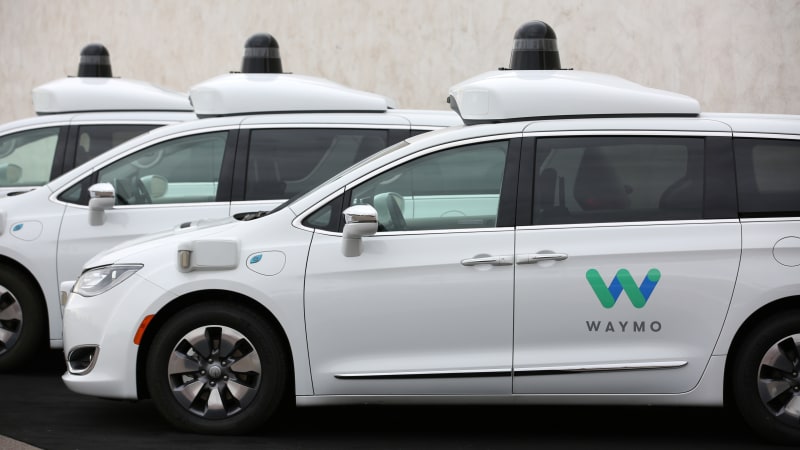WASHINGTON — Waymo, the self-driving car unit of Google parent Alphabet Inc, on Thursday urged the National Highway Traffic Safety Administration (NHTSA) to “promptly” remove regulatory barriers for cars without steering wheels and brake pedals.
Automakers must currently meet nearly 75 auto safety standards for self-driving cars, many of them written under the assumption that a licensed driver is in command of the vehicle using traditional controls.
NHTSA has been grappling for more than three years with how to address those requirements, while filings from major companies this week shed light on complex issues surrounding testing, acquiring and evaluating fully self-driving vehicles.
“NHTSA should move promptly to remove barriers while ensuring safety,” Waymo said in a letter posted on Thursday after the auto safety agency sought public comment in May “on the removal of unnecessary regulatory barriers to the safe introduction of automated driving systems.”
NHTSA should first work on addressing those safety standards that assume a human is behind the wheel before revising rules to address alternative seating configurations, Waymo said.
That will “enable the timely deployment” of vehicles without manual controls, Waymo added.
General Motors in its comments said “it is imperative that NHTSA continue to drive this critical dialog with a sense of urgency so that the necessary regulatory evolution keeps pace with advancing technology.”
Lyft and Honda told the agency in separate comments that it could recognize self-driving cars as a separate vehicle class to address the rules written assuming humans would be behind the wheel.
NHTSA does not plan to begin writing rules on seating positions until March 2020. That involves revising crashworthiness standards to address occupants faced to the rear or side in fully self-driving cars. New seating positions “are not vital to the development or deployment of AVs,” Waymo said, referring to autonomous vehicles.
Comments filed by automakers suggest it could take the agency until at least 2025 to complete a comprehensive rewrite of various safety standards.
NHTSA is also grappling with how and where to test self-driving cars to assure they are safe. The agency is considering whether to use simulations or external remote controls in testing. Many automakers plan remote controls to pilot autonomous vehicles through factories or onto trucks.
In January 2017, GM sought an exemption from NHTSA to deploy fully automated vehicles without steering wheels before the end of 2019. Last month, GM’s self-driving unit, Cruise, said it was delaying the commercial deployment of the cars past its target.
Ford and GM both told the safety agency that its self-driving vehicles will initially not be able to respond to human commands like “drive up onto a car hauler” or “drive forward 10 feet and stop.”
Ford said its self-driving car “will be responsible for deciding when, where and how it is appropriate to drive. … We do not foresee interfaces beyond a method of giving the vehicle a destination.”
New York City told NHTSA it should ensure self-driving cars meet baseline performance requirements including “a high rate of accurate pedestrian and cyclist detection from all angles, the application of the brakes in time to stop the vehicle prior to a collision, and the maintenance of safe and legal speeds.”
That testing would help weed out “under-developed systems,” the city added.





